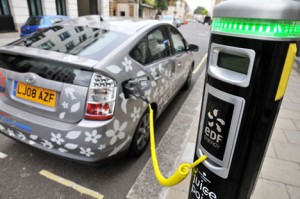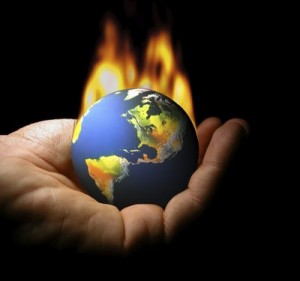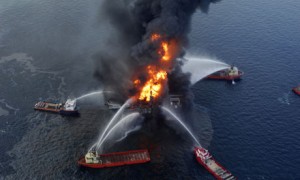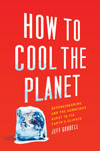Eco science can boggle the mind, and it’s easy to drown in the data. Unless we can see, smell or feel an environmental threat, we tend to ignore it. So if you want to make a memorable point, dumb it down. Way down.

That’s what TreeHugger.com and the Global Footprint Network (GFN) have done with respect to natural resource consumption. Here, for example, is an environmental data point anyone can grasp:
If every human consumed natural resources like an American, we’d need five planet earths to support us.
Pretty simple way to represent complex information, isn’t it? The Global Footprint Network chart documents the fact that we, as a country and planet, consume more natural resources than the earth replenishes and generate waste faster than the planet can absorb it. The chart considers energy production, settlement, timber & paper harvest, food & fiber and seafood. It’s backed up by more data than any of us care to examine here.
The bottom line is we have a natural resources deficit. Having considered that, GFN, in another example of dumbing-down genius, declares that…
August 21 is Earth Overshoot Day.
That’s the day when we humans have used up the planet’s annual supply of resources. If you pretend we get a fresh start every Jan. 1, then August 21 is the day we go into deficit spending of our natural capital. If we were prevented from borrowing against the planet’s future, we’d run out of resources on that day. As consumption soars, Earth Overshoot Day comes earlier every year. Last year, it was Sept. 25.
Now that we know the day, do we know the solution to over-consumption? Well, that’s hard to dumb down. In addition to conventional sustainability measures, TreeHugger.com blogger Matthew McDermott recommends “radically reassessing how much stuff we believe is required for our happiness. Rejiggering what we believe to be needs and not just wants.”
He’s not alone. In fact, a minimalist trend is already under way, says the BBC, starting with young American urbanites digitizing their books and music and shedding large swaths of possessions, including homes.
That’s sounds smart.
And so does this personal ecological footprint calculator. Try it, and tell us how many planet earths you need to support your lifestyle. (I’d need 4.6. Ouch!)







